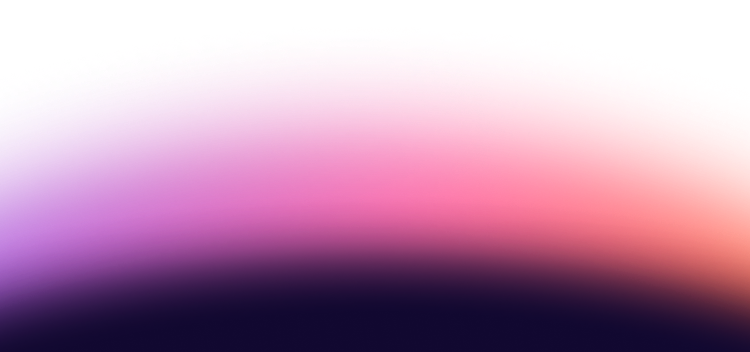Quantum computing is rapidly transitioning from research labs to practical, enterprise-ready solutions. The recent Q2B25 Tokyo session, “Quantum Computing as a Service from QuEra & its Cloud and HPC Customer Successes,” showcased just how accessible and impactful this technology has become. With presenters Alexei Bylinskii and Zia Mohammad leading the charge, attendees were given a deep dive into the evolution, capabilities, and real-world applications of QuEra’s neutral atom quantum computers—particularly through their partnership with Amazon Braket.
Making Quantum Computing Accessible: The Aquila Journey
Alexei Bylinskii kicked off the session by introducing Aquila, the first publicly accessible neutral atom quantum computer, which has been available on Amazon Braket since November 2022. Built by QuEra, Aquila represents a significant leap in making quantum computing available to a broad user base via the cloud. He explained that QuEra’s technology portfolio covers both analog and gate-based quantum computing, with Aquila (an analog device) in Boston and their first gate-based machine being installed on-premises in Japan at AIST.
This approach addresses the diverse needs of early adopters, providing options for both cloud-based and on-premises high-performance computing (HPC) integrations.
Driving Innovation and Industry Collaboration
The heart of the presentation was the story of Aquila’s evolution and the robust ecosystem surrounding it. Starting from a cautious launch limited to 10 hours of weekly access, customer enthusiasm quickly led to service expansions—first to 50 hours, then up to 130 hours per week. Continuous feature releases (such as local Hamiltonian control and experimental capabilities) attracted a vibrant user community spanning hackathons, national labs, academic research, and private industry.
Aquila’s impact is measurable: by the time of the presentation, it had enabled the publication of 23 academic papers—15 of which did not involve QuEra scientists, proving the device’s broader utility as a self-service quantum platform. Key milestones include groundbreaking work in areas like string breaking (lattice gauge theory) and logical magic state distillation, demonstrating the machine’s research value.
The End-to-End Quantum Stack on Amazon Braket
Zia Mohammad highlighted how Amazon Braket’s quantum stack democratizes access. Users—from scientists to industry professionals—can move seamlessly from simulation to running jobs on actual hardware using familiar tools like Python and open-source SDKs. The stack supports hybrid quantum-classical workflows and provides plenty of resources, including local simulators, managed notebooks, and “experimental capabilities” to ensure researchers always have the latest features at their fingertips.
{{Aquila}}
Real-World Applications & Customer Successes
Two standout case studies brought the technology’s relevance into sharp focus:
- JPMorgan Chase: Collaborated with AWS and QuEra to apply a hybrid quantum-classical algorithm to the “maximum independent set” problem for portfolio optimization. This industry-first effort ran experiments with up to 231 qubits, illustrating how quantum computing can tackle complex, practical problems.
- Purdue University & Oak Ridge National Lab: Used Aquila’s programmable atom arrangements to simulate natural materials (e.g., the Shastri-Sutherland model) for materials discovery. Such use cases pave the way for future pharmaceutical and drug discovery applications, where simulating molecular behavior is crucial.
Key Takeaways
The QuEra and Amazon Braket partnership offers a clear playbook for delivering quantum computing as a service:
- Customer-Driven Features: The platform’s evolution was guided by real user needs and industry collaboration, ensuring relevant and impactful developments.
- Operational Excellence: QuEra prioritized continuous improvement, leading to impressive results like 99% machine uptime—critical for building user trust in any cloud service.
- Full-Stack Integration: Covering the value chain end-to-end—from atom-level hardware to customer applications—resulted in an agile, responsive, and accessible quantum computing ecosystem.
Final Thoughts
This event at Q2B25 Tokyo underscored how a collaborative, customer-focused approach is already helping bridge experimental physics and enterprise innovation. As QuEra and AWS scale their offerings—both in the cloud and on-premises—the potential for transformative breakthroughs across industries grows ever more tangible.
Watch the entire presentation here:




.webp)





